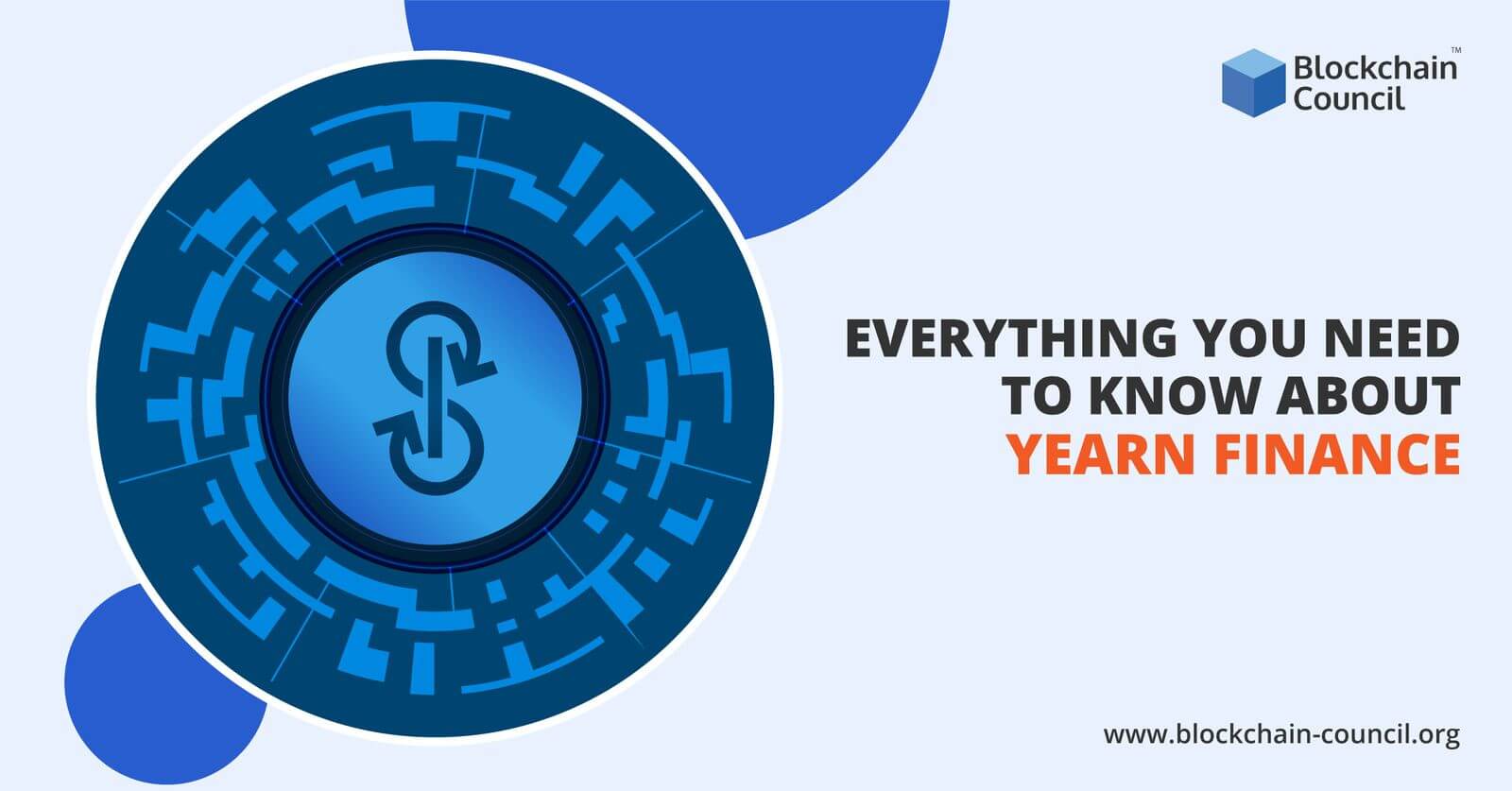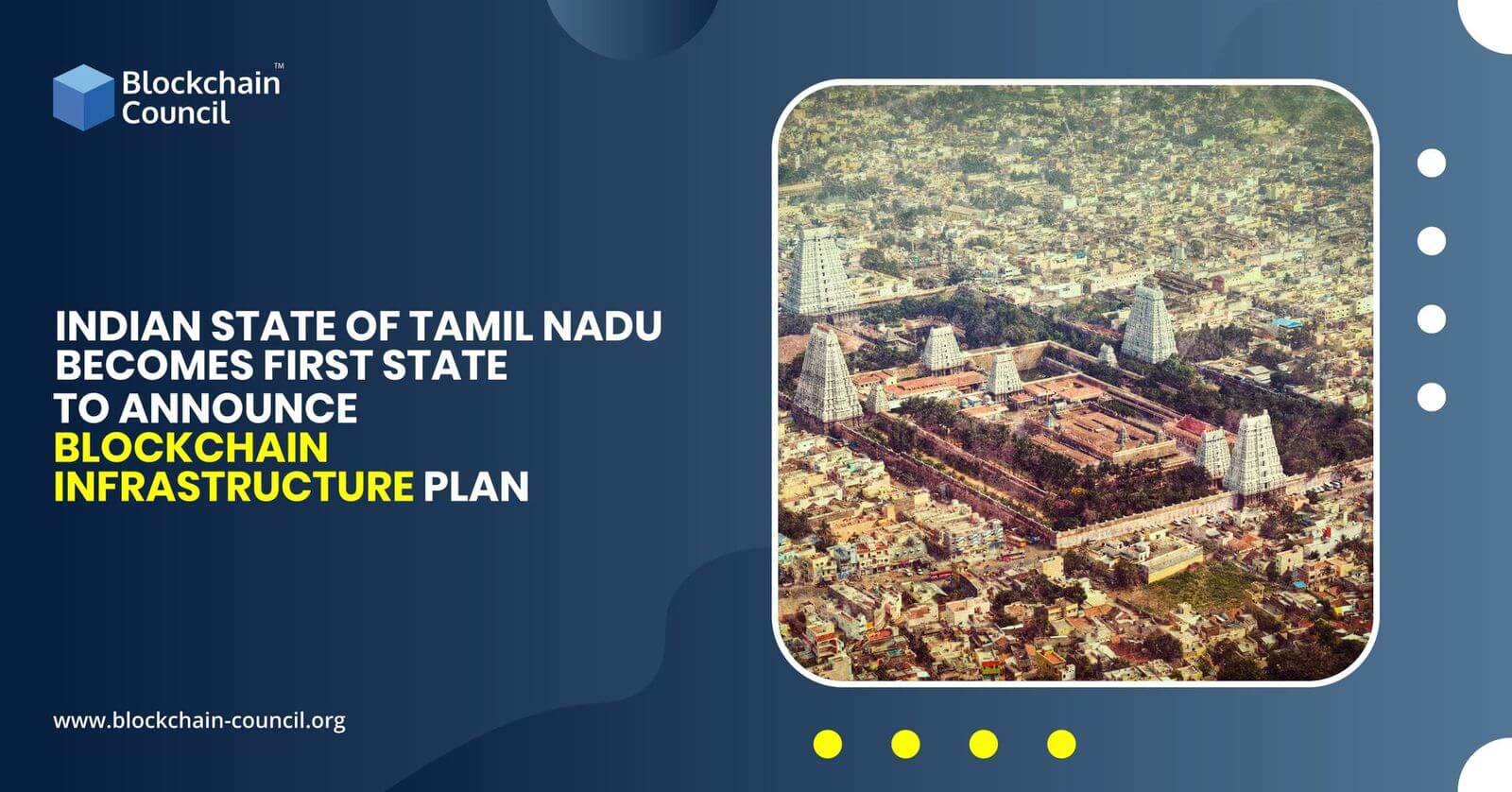
- Toshendra Kumar Sharma
- October 14, 2022
Blockchain adoption has the power to transition new and existing models of insurance, including P2P insurance, parametric insurance and microinsurance, into a new digital age. Blockchain is powerful because of its secure platform connecting capabilities.
New distribution methods like peer-to-peer insurance (P2P) could end up restructuring the entire market. P2P insurance empowers policyholders to a greater portion of the premiums rather than the individual private wealth managers working to produce returns for insurance companies. Some well-funded startups are already beginning to take their place in the P2P insurance market.
Enigma enables different parties to jointly store and run computations on data while keeping the data completely private. In the future, specific P2P insurance platforms may start using smart contracts to set claims. Also, it may match demands between consumers in an online market, solving many of the current issues when transferring digital assets or accessing private data.
The underlying technology of bitcoin is infact becoming one of the hottest topics across some industries. More than just a distributed database for bitcoin, Blockchain’s ability to send, receive and store information has the underlying power to disrupt the way businesses process digital transactions.
The implications of decentralized ledger technology (DLT) are astounding: Digital trust is now an ever reasonable possibility. This, therefore, means online and offline assets can now be assigned ownership. Also, the transference between those parties can be proven both linearly and cryptographically.
Specific to insurance, Blockchain technology has the power to:
- simplify the claims process,
- alleviate high premiums,
- help insurers create niche coverage and, most importantly,
- benefit those who live in catastrophe regions.
How does it work?
Blockchain has several perceived benefits in microinsurance, as well:
- It can enable trust between peers to increase transparency for populations living in remote regions of the world.
- Its beauty lies in its simplicity.
- The virtual nature of the transactions could side-step governmental bureaucracy to make geographic limitations irrelevant within its context.
Henceforth, these features make the future of microinsurance very appealing.
The future of insurance could flourish through an intelligent adoption of Blockchain, with applications in digital currencies, fraud solutions and smart contracts. Large insurers have the potential to benefit immensely. However, its implementation will mean that insurance companies will have to change their underwriting process, the structure of the policy, as well as risk underwriting.





































































 Guides
Guides News
News Blockchain
Blockchain Cryptocurrency
& Digital Assets
Cryptocurrency
& Digital Assets Web3
Web3 Metaverse & NFTs
Metaverse & NFTs
